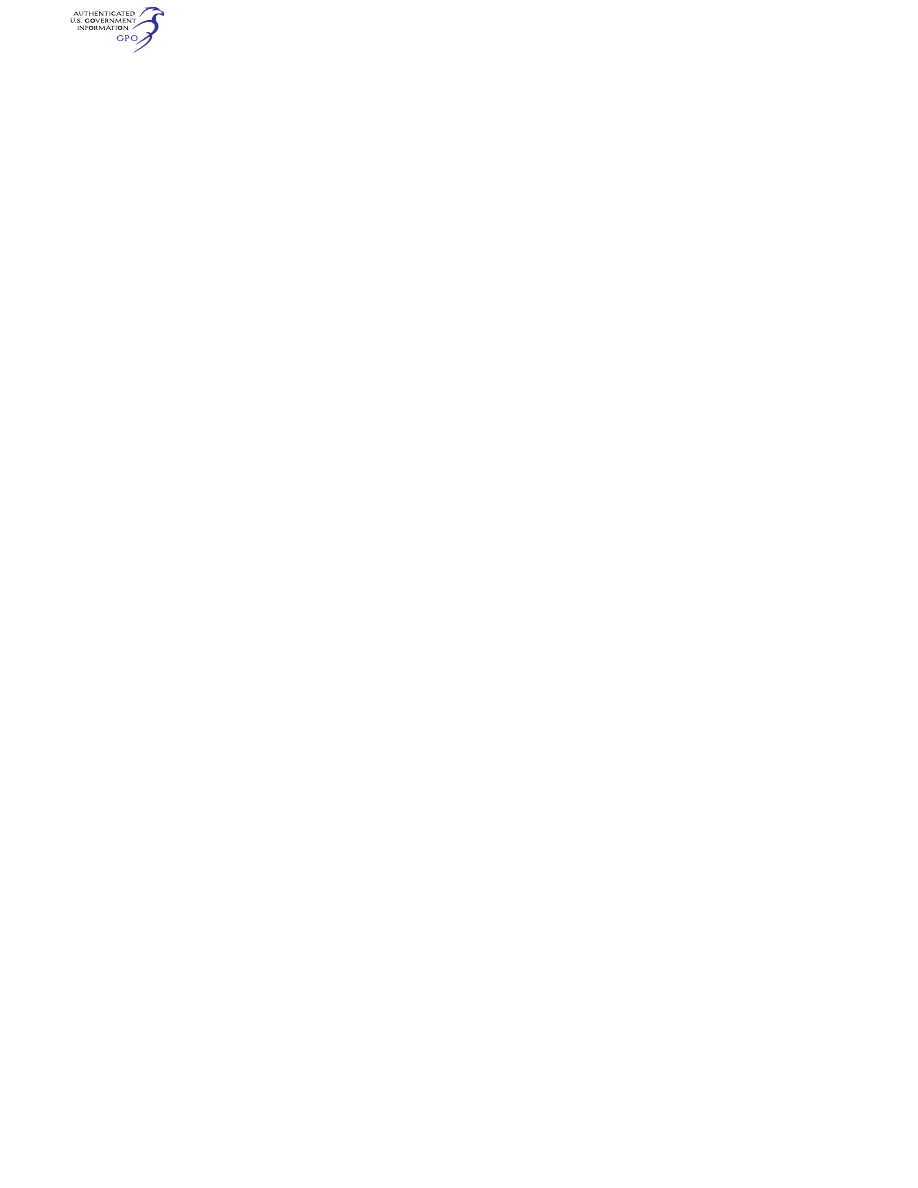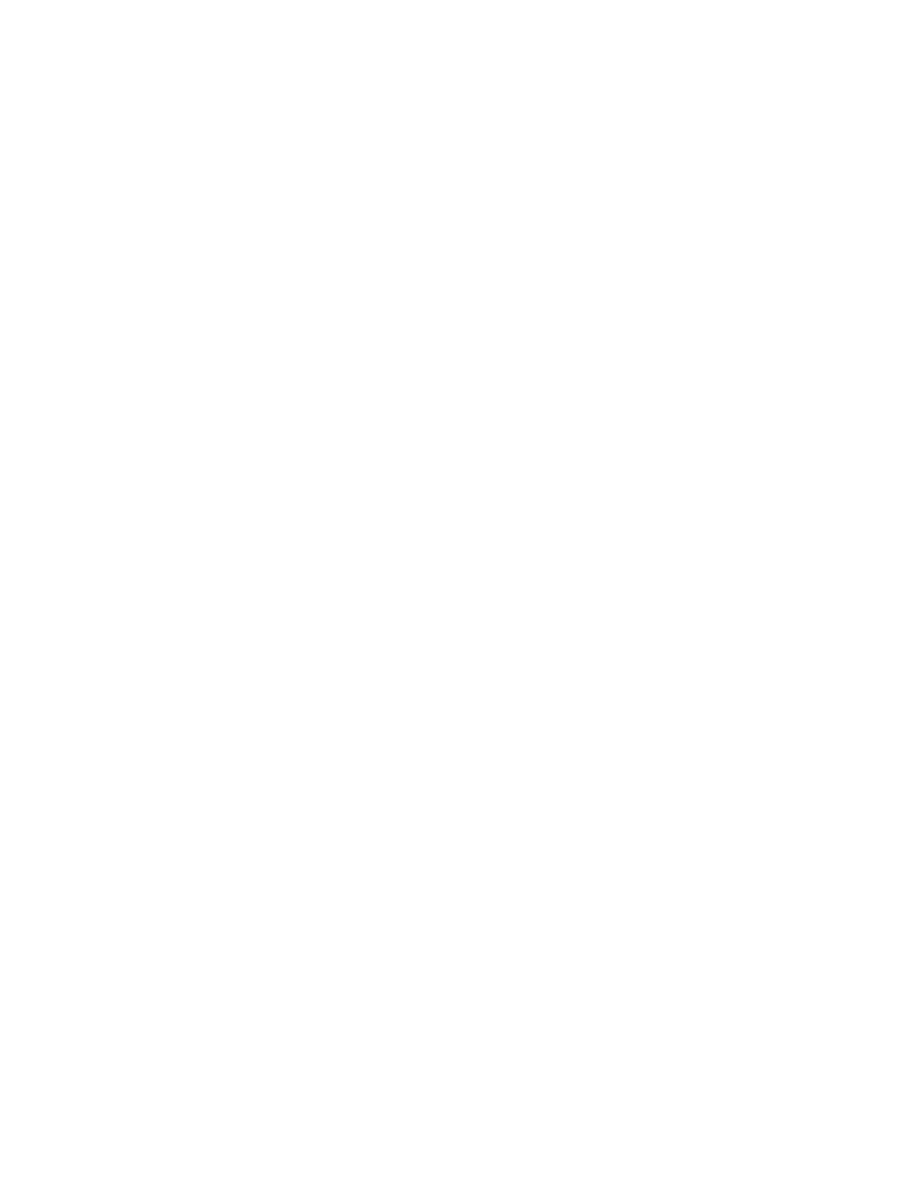
336
14 CFR Ch. I (1–1–24 Edition)
§ 25.1195
vibration, inertia, and air load to
which it may be subjected in operation.
(b) Cowling must meet the drainage
and ventilation requirements of
§ 25.1187.
(c) On airplanes with a diaphragm
isolating the engine power section from
the engine accessory section, each part
of the accessory section cowling sub-
ject to flame in case of fire in the en-
gine power section of the powerplant
must—
(1) Be fireproof; and
(2) Meet the requirements of § 25.1191.
(d) Each part of the cowling subject
to high temperatures due to its near-
ness to exhaust system parts or ex-
haust gas impingement must be fire-
proof.
(e) Each airplane must—
(1) Be designed and constructed so
that no fire originating in any fire zone
can enter, either through openings or
by burning through external skin, any
other zone or region where it would
create additional hazards;
(2) Meet paragraph (e)(1) of this sec-
tion with the landing gear retracted (if
applicable); and
(3) Have fireproof skin in areas sub-
ject to flame if a fire starts in the en-
gine power or accessory sections.
§ 25.1195
Fire extinguishing systems.
(a) Except for combustor, turbine,
and tail pipe sections of turbine engine
installations that contain lines or com-
ponents carrying flammable fluids or
gases for which it is shown that a fire
originating in these sections can be
controlled, there must be a fire extin-
guisher system serving each designated
fire zone.
(b) The fire extinguishing system, the
quantity of the extinguishing agent,
the rate of discharge, and the discharge
distribution must be adequate to extin-
guish fires. It must be shown by either
actual or simulated flights tests that
under critical airflow conditions in
flight the discharge of the extin-
guishing agent in each designated fire
zone specified in paragraph (a) of this
section will provide an agent con-
centration capable of extinguishing
fires in that zone and of minimizing
the probability of reignition. An indi-
vidual ‘‘one-shot’’ system may be used
for auxiliary power units, fuel burning
heaters, and other combustion equip-
ment. For each other designated fire
zone, two discharges must be provided
each of which produces adequate agent
concentration.
(c) The fire extinguishing system for
a nacelle must be able to simulta-
neously protect each zone of the na-
celle for which protection is provided.
[Doc. No. 5066, 29 FR 18291, Dec. 24, 1964, as
amended by Amdt. 25–46, 43 FR 50598, Oct. 30,
1978]
§ 25.1197
Fire extinguishing agents.
(a) Fire extinguishing agents must—
(1) Be capable of extinguishing
flames emanating from any burning of
fluids or other combustible materials
in the area protected by the fire extin-
guishing system; and
(2) Have thermal stability over the
temperature range likely to be experi-
enced in the compartment in which
they are stored.
(b) If any toxic extinguishing agent is
used, provisions must be made to pre-
vent harmful concentrations of fluid or
fluid vapors (from leakage during nor-
mal operation of the airplane or as a
result of discharging the fire extin-
guisher on the ground or in flight) from
entering any personnel compartment,
even though a defect may exist in the
extinguishing system. This must be
shown by test except for built-in car-
bon dioxide fuselage compartment fire
extinguishing systems for which—
(1) Five pounds or less of carbon diox-
ide will be discharged, under estab-
lished fire control procedures, into any
fuselage compartment; or
(2) There is protective breathing
equipment for each flight crewmember
on flight deck duty.
[Doc. No. 5066, 29 FR 18291, Dec. 24, 1964, as
amended by Amdt. 25–38, 41 FR 55467, Dec. 20,
1976; Amdt. 25–40, 42 FR 15044, Mar. 17, 1977]
§ 25.1199
Extinguishing agent con-
tainers.
(a) Each extinguishing agent con-
tainer must have a pressure relief to
prevent bursting of the container by
excessive internal pressures.
(b) The discharge end of each dis-
charge line from a pressure relief con-
nection must be located so that dis-
charge of the fire extinguishing agent
would not damage the airplane. The
VerDate Sep<11>2014
09:06 Jun 28, 2024
Jkt 262046
PO 00000
Frm 00346
Fmt 8010
Sfmt 8010
Y:\SGML\262046.XXX
262046
jspears on DSK121TN23PROD with CFR
